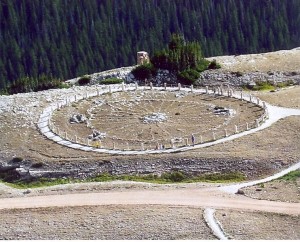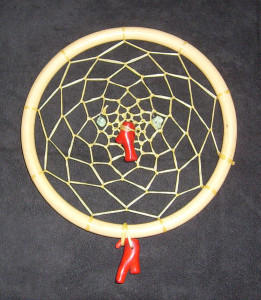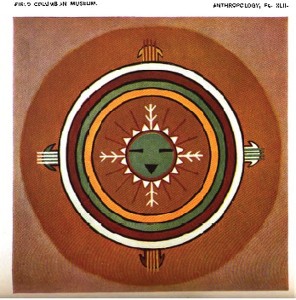Mandala Monday – Celtic Crosses – Guest Post by Epouna
When one thinks of Ireland, it is very easy to automatically visualize highly recognizable symbols of the country such as Celtic crosses, harps and claddagh. Traveling through the rolling green hills, you will find ruins and Celtic crosses still standing from early centuries which remain a mystery to all. Who created them and how have they manged to exist through the years while others have been destroyed?
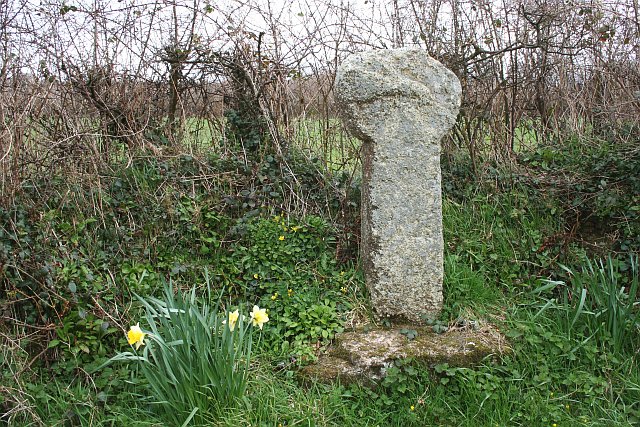
© Tony Atkins
Although many people assume that original Celtic crosses from the 12th century were created and used as grave markers, this is absolutely false. They were actually first used as boundary markers such as at an intersection between two parishes or to separate properties. It wasn’t until they began being created again with an explosion in popularity in the 19th century that Celtic crosses found themselves used as gravestones.
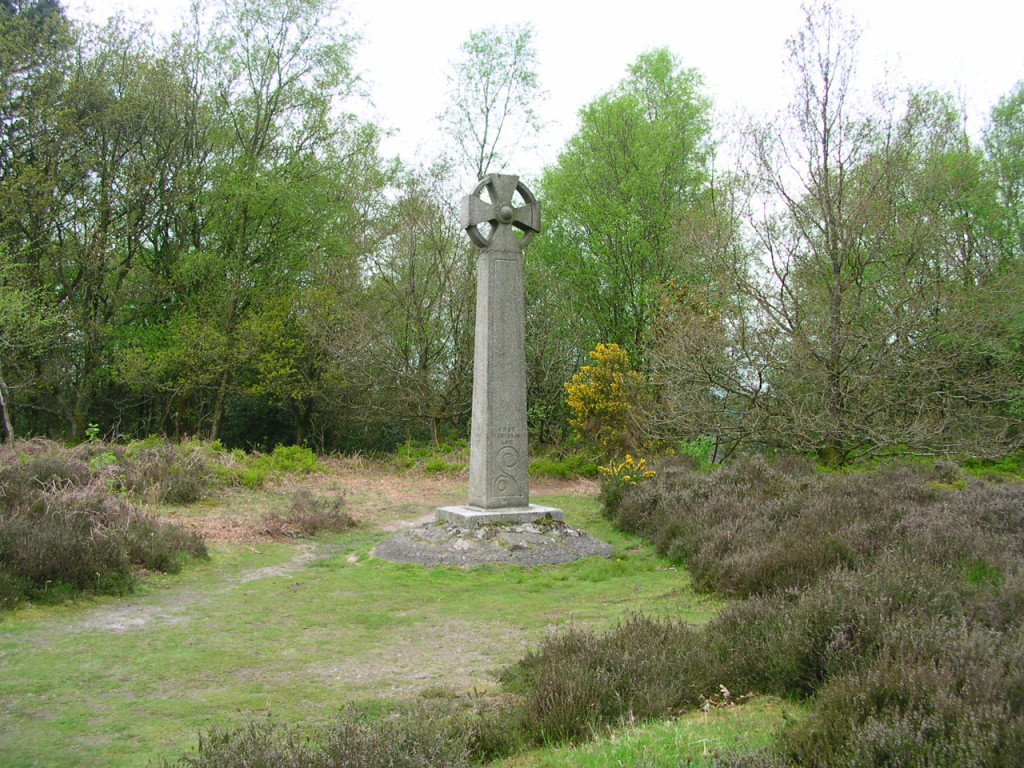
Celtic crosses of the old were created with extremely intricate designs that offered quite symbolic meanings. The cross and base, capstone, intersection and ring make up the four major components of this High Cross. They were often created from stone slabs that had been previously used for something else with its own bit of history. While some have not held up well through time, it is typically those made from granite and sandstone that are still standing.
The base was created from stone while the ring encompasses the cross itself. The horizontal areas of the cross are considered to be associated with the earthly world while the vertical axis pointing upward toward the sky is affiliated with the heavenly world.
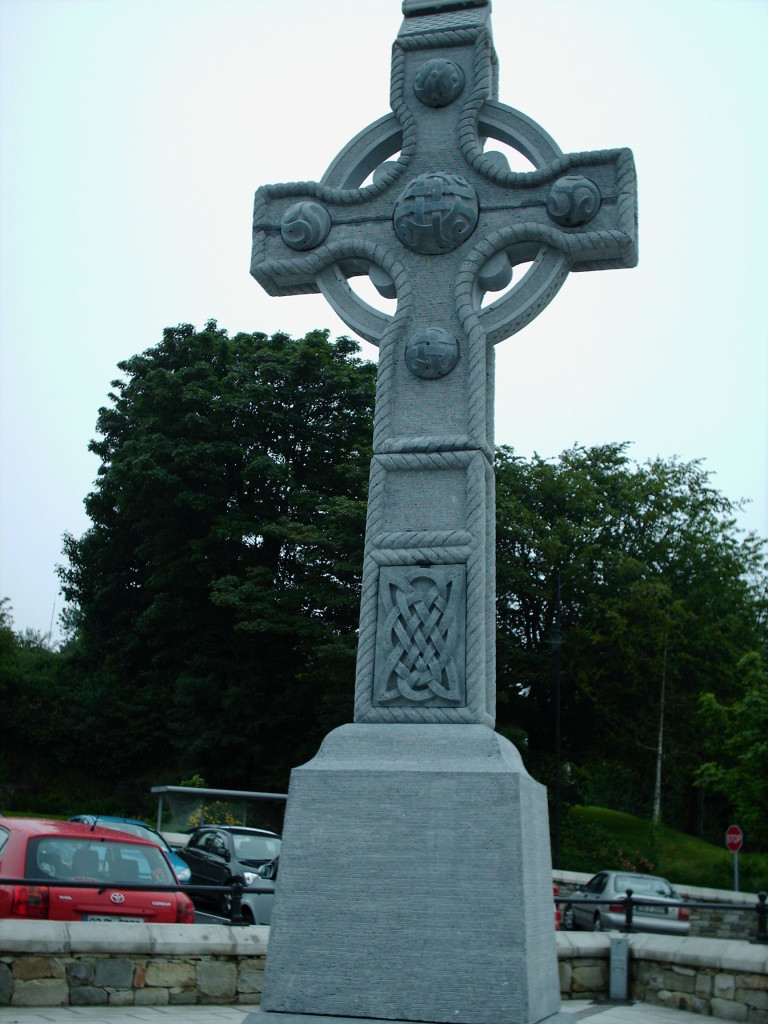
While many people believe that Christianity was responsible for the birth of the Celtic cross, this guardian symbol actually predates this time period. Credit of the birthright is suggested to be given to the Druids and other ancient religions. However, there is still confusion as to how the circle was added to the cross. A legend of Saint Patrick suggests that when he brought in Christendom to Ireland and wiped the snakes from the country, he added the circle himself.
It is said that Saint Patrick wanted to combine Christianity with the sun or moon using the circle that was once used in ancient religion. This was meant to ensure that Ireland’s inhabitants would remain focused on the new religion.
Another idea is that the circle on the cross is a representation of the Chi Rho or Crown of Thorns that was worn by Christ while others believe that it is directly linked with the sun wheel associated with pagan rites.
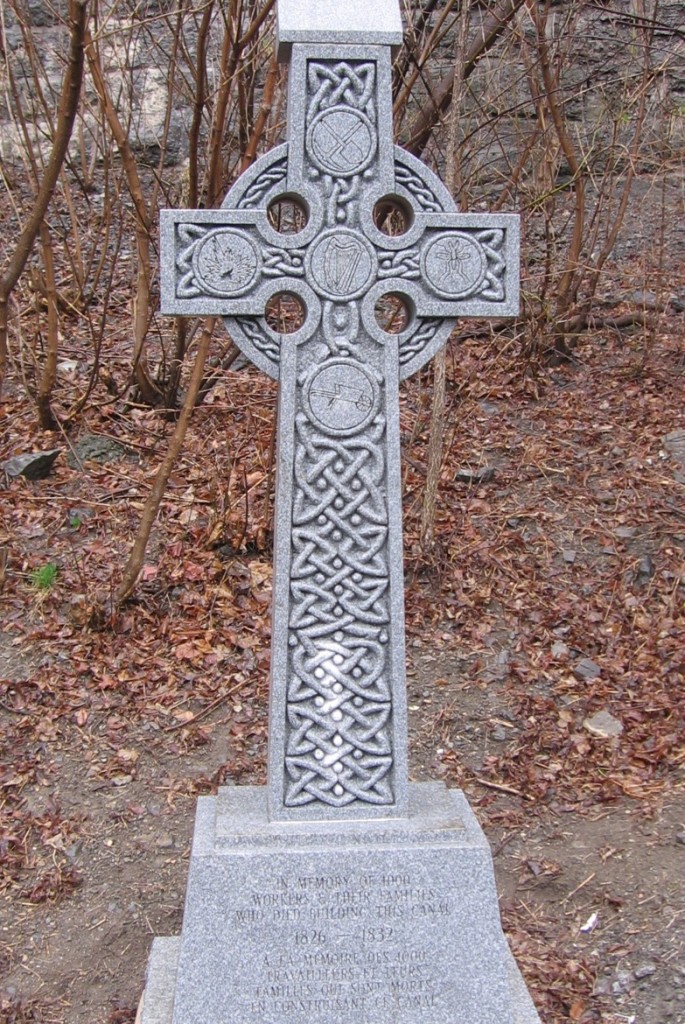
When viewing a Celtic cross, you will observe that Biblical scenes are represented in the panels. Stories from the New and Old Testament are depicted on opposing sides of the cross while the Celtic knot that you find on many ancient crosses symbolize major events or stories that have taken place. Some Celtic crosses also have spirals, animals and even key patterns. The Tree of Life is a prime example of this.
If you are looking to view some of the early Celtic crosses in Ireland, you can find them in several counties including Clare, Kildare, Wicklow, Tipperary, Offaly, Meath, Louth and Tyrone. Regardless of how the initial design came to be, Celtic crosses symbolize eternal life.
Article by Epouna
www.meaningofmandalas.com
Images from Wikimedia Commons
——————————————————————————————————–
I look forward to your thoughts and comments!
Be sure to Subscribe to this blog either by RSS or Email via the forms on the top right column of the page.

